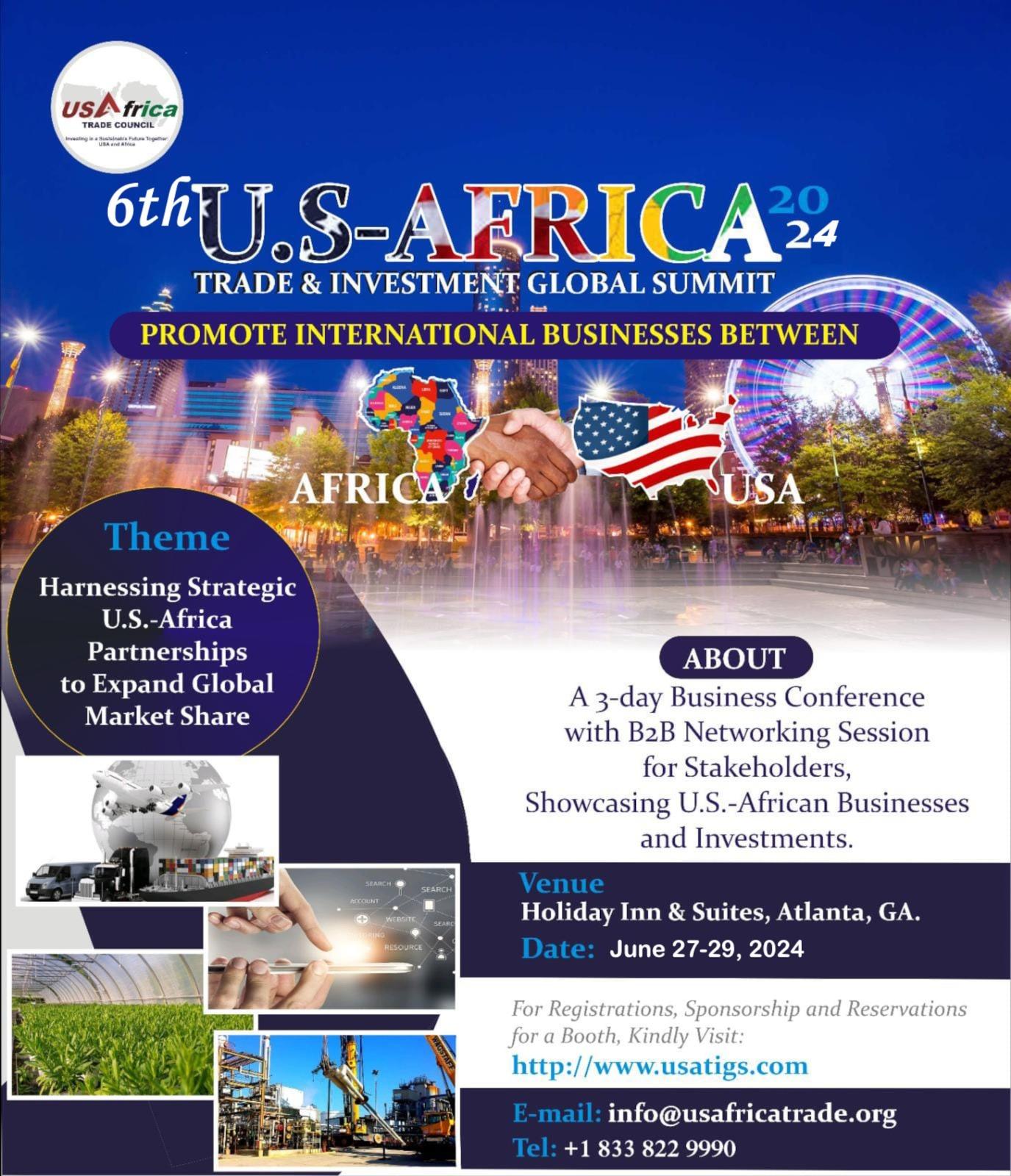By Marianne W. Lewis and Wendy K. Smith
Leaders face a daily barrage of competing demands and multiple stakeholders with different opinions and incentives. To navigate the chaos, most people’s brains default to “either-or” thinking when “both-and” thinking would lead to more creative and novel solutions….more
If you are leading an organization — large or small — you may be feeling stuck in ongoing tug-of-wars of competing demands. How do I innovate and change without losing focus of the current product? How do I build a sustainable business but still make profit? How do I attract top talent without overspending my HR budget?
These questions all share a common theme. They create a stream of dilemmas between conflicting pressures — today versus tomorrow, missions versus markets, productivity versus costs. To make matters worse, opposing groups of stakeholders often take up different positions while fighting for financial resources, time, and attention. And you’re caught in the middle.
Following our instincts, we pull apart the options and decide between them. We choose A or B. Either/or thinking is natural and can be beneficial in the short-term. Yet the outcomes are limited at best and often detrimental over time. Either/or thinking leads to intensifying overcommitments and polarizing infighting.
Great leaders adopt a different approach. They recognize the paradoxes that underlie their tensions and instead adopt both/and thinking. Rather than choose between the options, they embrace competing demands simultaneously.
In our research with colleagues Ella Miron-Spektor, Josh Keller, and Amy Ingram, which we also cover in our book Both-And Thinking, we found that individuals with a paradox mindset generate more creative responses to tensions.
Consider Yousef Valine, executive vice president of First Horizon Bank. Valine wanted to help more underrepresented minorities gain access to leadership opportunities in service of building a more diverse executive team. To do so, he needed to build trust with underrepresented members of the organization, but also provide them with explicit, sometimes difficult feedback to ensure that they continued to perform well and gain the attention of senior leaders. Even as he wanted these rising leaders to be their authentic selves, he also knew that they had to understand their organization’s unwritten rules to engage with executives more effectively.

Achieving success and insight often requires difficult conversations. Yet leaders, especially those in the majority group, can worry about offending or breaking trust when offering feedback to someone in the minority group about their performance. Valine sought a both/and approach. He needed to build trust and offer constructive feedback; he needed to honor and value the distinct context of underrepresented minorities and help them succeed in the dominant culture. How did he do so?
Surfacing Tensions
People with a paradox mindset don’t wait for tensions to come to them. They know that paradoxes lurk beneath the surface of our everyday dilemmas. They also believe that they can gain increased creativity through navigating these paradoxes. So people with a high paradox mindset actively seek out tensions and opposing positions.
Valine reflected on his own tensions. He had seen other colleagues grappling with how to give him difficult feedback in the past. He saw the courage they needed to be straight with him. He also knew how grateful he was to those who made the effort.
Leaders often surround themselves with people that support their perspectives, making leading in the short-term easier. However, people with a high paradox mindset seek the opposite. If you want to surface tensions, surround yourself with people of varying, even opposing views. Ask your leaders to name the tensions they are experiencing in their own groups. Ask others to serve as the devil’s advocate to challenge your point of view.
Embracing Tensions
People with a paradox mindset tolerate ambiguity and manage the emotional discomfort that comes with it. Rather than feeling a need for closure and consistency, which pushes people to make clear and consistent decisions, they review past decisions and ask if there are other options that would allow for even better outcomes in the future.
Embracing tensions does not mean that these leaders are wafflers and avoid decisions. They might find an option that allows them to move forward. Yet they also know that new information or alternative perspectives might invite them to eventually rethink that decision. Nor are these people flip-floppers, constantly wavering between alternatives. In fact, both/and thinkers often are very clear about the big picture and an overarching higher purpose, but they know that achieving this aim requires some consistently inconsistent decision making.
Valine constantly revisited the tensions that surfaced in supporting underrepresented minorities. Some colleagues were eager and open to constructive feedback. Others needed to build more trust before doing so. Addressing these tensions was a moving target.
If you want to embrace tensions, you need to become comfortable with the discomfort of ambiguity and uncertainty. This doesn’t mean sweeping the discomfort under the rug. Hiding away negative emotion will only make it come back more powerfully. Instead, recognize the discomfort. Share your feelings with others. Then proceed to find ways to move forward even amid this discomfort.
Processing Tensions
People with a paradox mindset constantly analyze and reanalyze tensions. Importantly, they process tensions using approaches that themselves are paradoxical.
Both/and thinkers scan for information to see how opposing ideas are distinct and different, while at the same time, looking to identify how they can be linked and synergistic. They separate and connect.
For example, Valine knew that he could build trust by reaching out to more junior colleagues, creating new opportunities for them, advocating for their careers when they were not around. The more that colleagues knew he had their back, the more direct and explicit he could be when giving them difficult yet constructive feedback. The more that he provided constructive feedback, the more he built trust.
Once you are clear on the tensions you are facing, you can create opportunities to separate (asking what is distinct, unique about these different options) and to connect (questioning how these differences can reinforce and enable one another).
Embracing paradox is not easy. The ongoing tug-of-war between opposing demands can be exhausting and vexing. Yet in our research, we found that the more people adopt a paradox mindset, the more that they generate innovative solutions, the more satisfied and energized they are in their jobs, and the higher performance they achieve. Such both/and thinking is not only helpful to great leaders, but to enabling a more sustainable, creative world.
Harvard Business Review




















